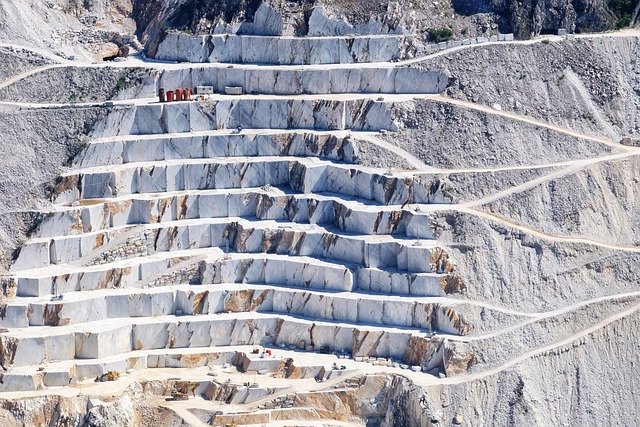Gold Mining Jobs: Roles, Skills, and Career Pathways
Gold mining remains an important part of the global minerals sector, offering a variety of roles from fieldwork to technical and managerial positions. This article explains common job types, how extraction affects work, the skills employers seek, and practical steps for pursuing mining jobs without implying that specific vacancies are available. The guidance below is general—use it to plan a career or to know where to look for local services, training, and recruitment resources.

What are minerals and why they matter
Minerals are naturally occurring inorganic substances that form the basis of mining activity. In gold mining, gold is the target mineral, but operations often recover associated metals and by-products. Knowledge of mineralogy helps workers understand ore types, handling requirements, and how deposits are evaluated. For anyone pursuing mining jobs, basic familiarity with geology and minerals can support roles in sampling, lab work, or assisting geologists on site, and it improves communication with technical teams.
How does extraction influence job types
Extraction describes the physical and chemical processes used to remove ore from the ground and separate valuable minerals. Methods range from open-pit and underground mining to placer mining and heap leaching. Each method creates distinct roles: equipment operators and drillers are more common in open-pit operations, while underground mines require specialists in ground support and ventilation. Understanding extraction methods helps job seekers match their skills to appropriate roles and anticipate site conditions, schedules, and safety protocols.
What common gold mining jobs exist
Mining jobs cover a wide spectrum: field roles (drillers, blasters, equipment operators), technical roles (surveyors, processing plant operators, metallurgists), environmental and safety positions (environmental officers, safety officers), and corporate roles (project managers, procurement, finance). Entry-level positions often require shorter technical training and physical fitness; technical and managerial positions usually require certifications or degrees. Employers look for reliability, safety awareness, and the ability to work in teams under variable conditions.
Which skills and qualifications employers look for
Employers value a mix of technical skills and soft skills. Technical skills include equipment operation, basic mechanical and electrical knowledge, sampling and assay procedures, and understanding of extraction and processing flows. Safety qualifications—site induction, first aid, and any nationally recognized mining safety certificates—are commonly required for site access. Transferable skills like problem solving, communication, and willingness to work rotational shifts are also important. Pursuing relevant vocational training, apprenticeships, or short courses can strengthen applications.
How to build a long-term mining career
A sustainable mining career often combines on-site experience with formal qualifications. Start with entry-level mining jobs or traineeships, then aim for progressive certification and cross-training (e.g., moving from operator to maintenance or supervisory roles). Networking with industry professionals, joining relevant associations, and attending local services and career events can expose you to mentors and recruiters. Consider environmental and regulatory knowledge as part of career growth since modern mining increasingly integrates reclamation, compliance, and community engagement into long-term operations.
This content is general guidance and does not imply the availability of specific or active job opportunities. It is intended to help you understand roles and plan skill development rather than to provide live job listings.
Conclusion
Gold mining careers intersect technical knowledge of minerals and extraction with practical skills and safety competence. Whether aiming for fieldwork, technical lab roles, or supervisory positions, focus on accredited training, hands-on experience, and understanding the extraction methods used at potential employers. Use official company career pages, reputable recruitment agencies, local services offering training, and industry associations to find openings and verify requirements; remember the information here is informational and should be supplemented by up-to-date, location-specific research.






